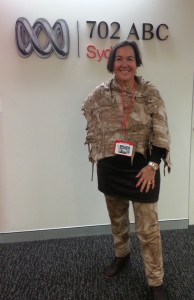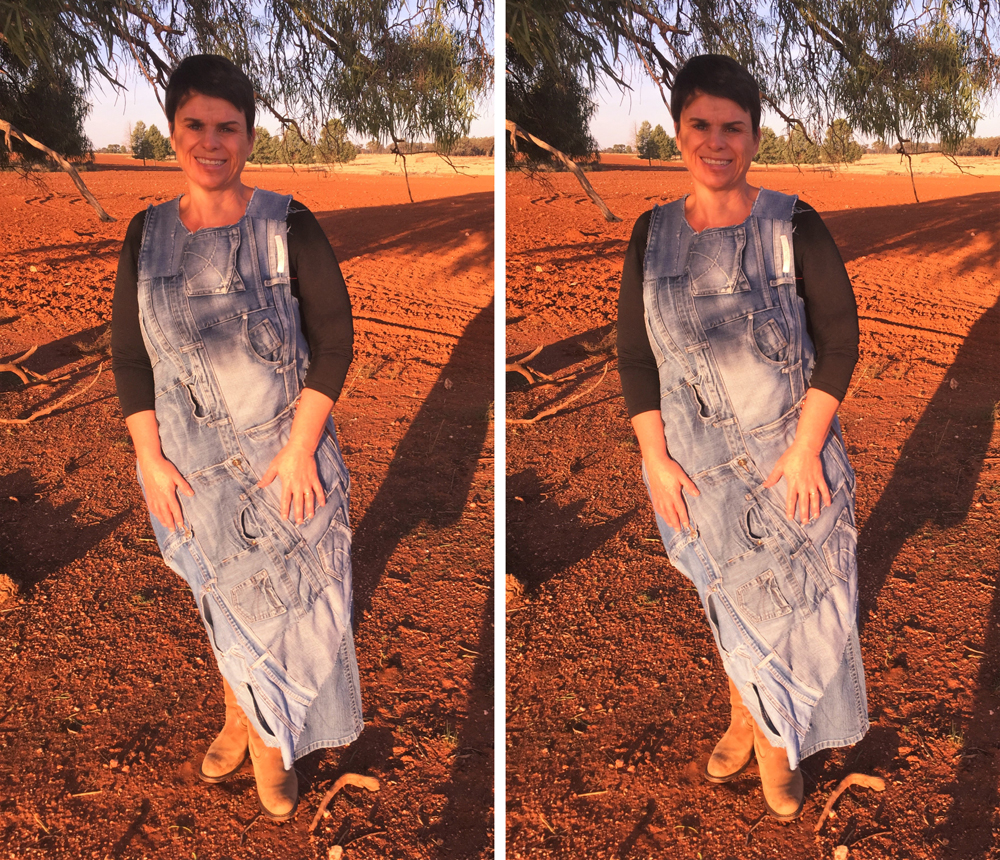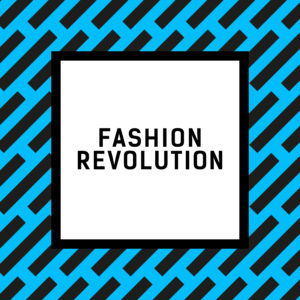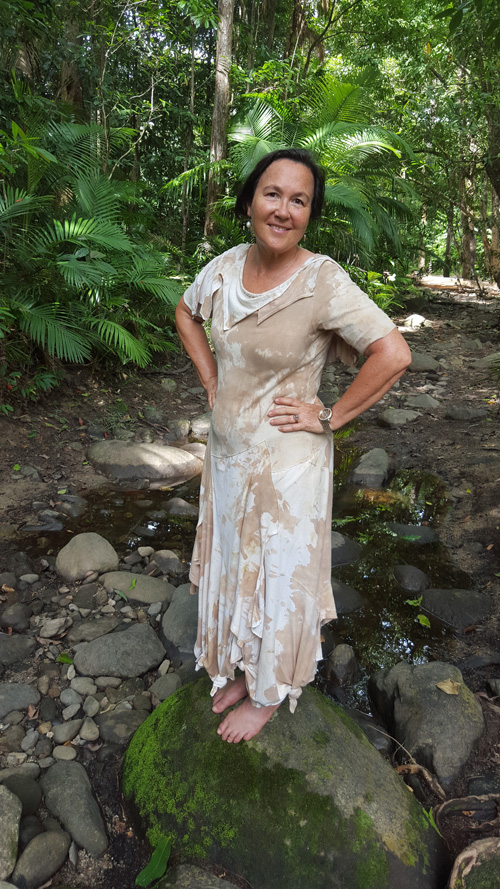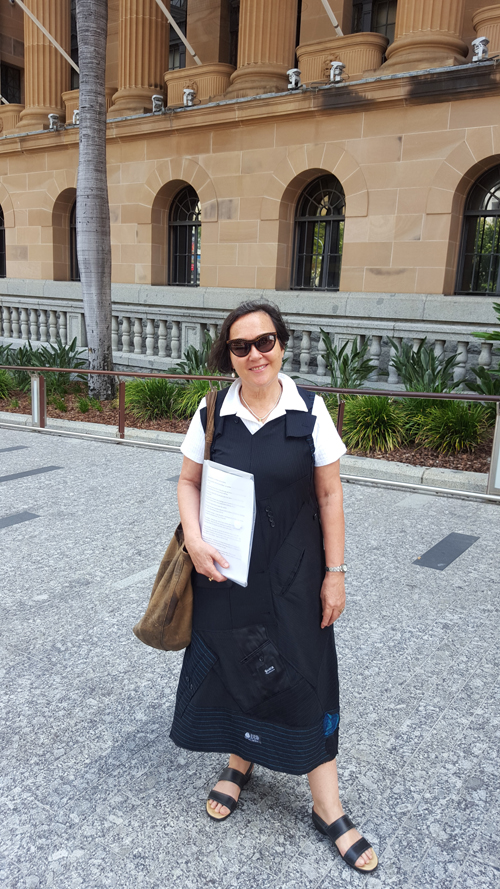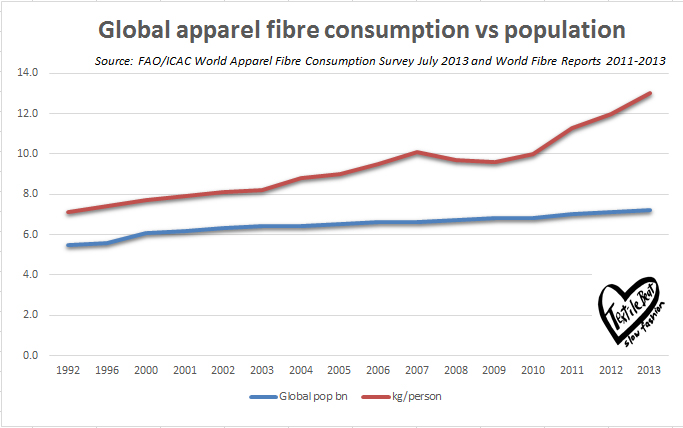Most thinking people know of the waste and exploitation involved in globalised fast-fashion consumption that annually generates up to 80 billion garments worldwide, yet few are in a position to step up with an alternative.
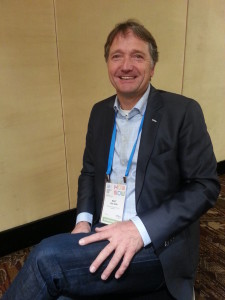 Divergent thinker, risk taker and change maker Bert van Son, right, has pioneered an ethical and sustainable model by leasing garments so that his European-based company Mud Jeans retains and recycles the raw materials.
Divergent thinker, risk taker and change maker Bert van Son, right, has pioneered an ethical and sustainable model by leasing garments so that his European-based company Mud Jeans retains and recycles the raw materials.
After 30 years in the textile industry, Bert knows the downside inherent in the traditional supply-demand model. In the Netherlands alone, 135 million kilograms of discarded clothing are burned each year, diminishing these resources to ash while fuelling climate-change with more CO2 discharged to the atmosphere. An appalling waste that’s replicated around the world.
In 2010, Bert decided to use his experience, money and networks to fashion a kinder clothing model that values resources and people at the same time as reducing waste and pollution. How good is that? A circular model, like a wheel, with resources going ‘round and ‘round. Beginning with the end in mind.
